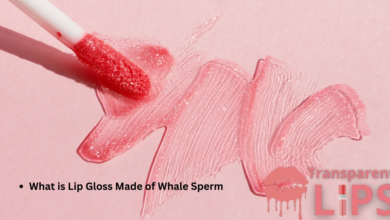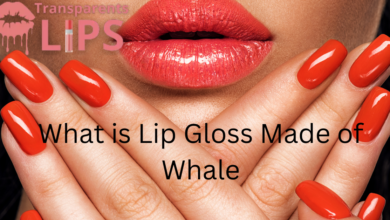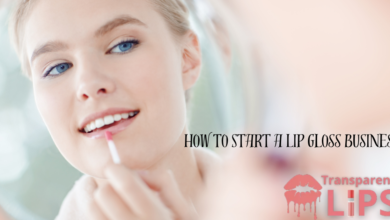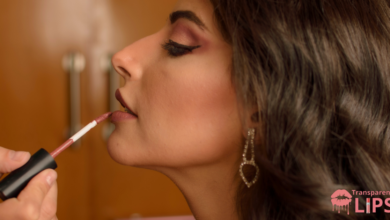what is lip gloss made of
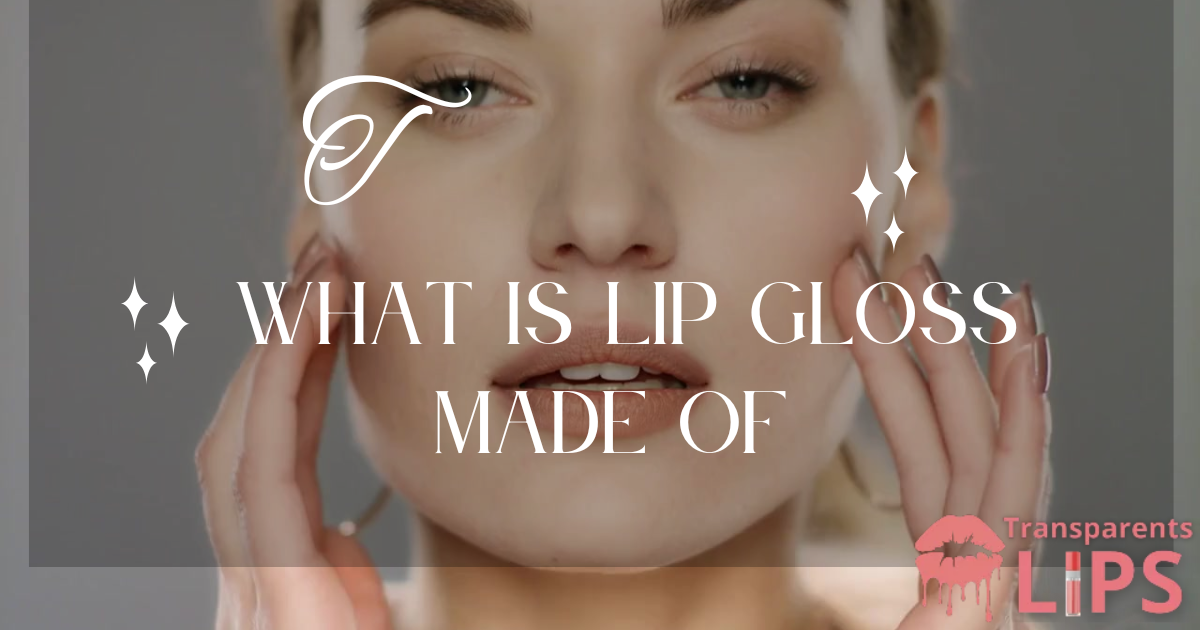
Lip gloss is a type of cosmetics used to provide a hint of color and shine to the lips. It’s well-liked since it makes lips appear smooth and lovely. We will discover the components of lip gloss in this note. When purchasing and utilizing it, people can make better decisions if they are aware of its constituents.
The Primary Components of Lip Gloss
The following essential components give lip gloss its texture, color, sheen, and durability:
Base Ingredients
Emollients: Castor oil and lanolin are examples of oils and waxes that make lip gloss smooth and simple to apply.
Thickeners: Lip gloss is made with ingredients like beeswax or carnauba wax to give it the proper consistency—not too sticky or runny.
Color Additives
Pigments:The gloss can be colored with synthetic dyes or natural hues (such as mica or iron oxides).
Pearlescent Additives: For added glitter, ingredients like titanium dioxide produce a shimmering look.
Shine Agents
Special oils, such as polybutene or dimethicone, are included to make lips look glossy and shiny.
Preservatives and Stabilizers
These are added to prevent bacteria or mold from growing in the product and to ensure it stays fresh for a long time. Examples include parabens and phenoxyethanol.
Each ingredient plays a role in making lip gloss easy to use, safe, and attractive.
Additional Ingredients in Lip Gloss
Lip gloss often includes extra ingredients to make it more beneficial, enjoyable, or unique:
Moisturizing Agents
These help keep lips soft and hydrated. Common examples are Vitamin E, aloe vera, and hyaluronic acid.
Fragrances and Flavors
To make the gloss smell or taste pleasant, scents like vanilla or fruity flavors are added.
Sunscreen Ingredients
Some lip glosses include ingredients like titanium dioxide or zinc oxide to protect lips from harmful UV rays.
Specialty Ingredients
Plumping Agents: Substances like capsicum or menthol create a slight tingling sensation and make lips look fuller.
Glitter Particles: Added for sparkle and a glamorous look.
These ingredients enhance the overall experience of using lip gloss, making it both functional and fun.
Types of Lip Gloss and Their Ingredients
Lip gloss comes in different types, each with unique ingredients to suit various preferences:
Sheer Gloss
This type has a lightweight texture and focuses on oils with little to no color. It gives a subtle, natural shine.
Pigmented Gloss
Contains more color additives to provide noticeable color along with shine. It’s great for a bolder look.
Long-Lasting Gloss
Includes special ingredients like polymers that help the gloss stay on lips for a longer time without frequent reapplication.
Organic/Natural Gloss
Made from natural ingredients like plant-based oils, beeswax, and natural pigments. It’s a good choice for those who prefer eco-friendly or chemical-free products.
Each type of lip gloss is designed to offer something different, from sheer shine to bold color or long-lasting wear.
The Manufacturing Process of Lip Gloss
Making lip gloss involves several steps to ensure it looks and feels just right:
Ingredient Blending
Oils, waxes, and thickeners are combined to create the base of the lip gloss.
Heating and Mixing
The mixture is heated and stirred to make it smooth and consistent.
Addition of Color and Additives
Pigments, shimmers, fragrances, and other special ingredients are added and mixed evenly.
Packaging and Quality Control
The finished gloss is poured into tubes or containers, and checks are done to ensure the product meets quality standards.
This process ensures the lip gloss is ready to use, safe, and appealing to customers.
Common Concerns and Safety of Lip Gloss
When using lip gloss, there are a few things to keep in mind for safety and the environment:
Allergies and Sensitivities
Some people may react to certain ingredients like fragrances or synthetic dyes, causing irritation or allergies.
Environmental Impact
Ingredients like microplastics in glitter or synthetic oils can harm the environment, especially when they wash off and enter water systems.
Label Transparency
It’s important to read ingredient labels carefully to understand what’s in the product and make choices that suit your needs and values.
Being aware of these concerns helps in choosing safe and eco-friendly lip gloss.
FAQs
What is lip gloss made of?
Lip gloss typically includes oils, waxes, pigments, shine-enhancing agents, and sometimes additional ingredients like moisturizers, fragrances, or glitter.
Is lip gloss safe to use daily?
Yes, most lip glosses are safe for daily use. However, it’s good to check the ingredients, especially if you have sensitive skin or allergies.
What makes lip gloss shiny?
The shine comes from ingredients like oils (e.g., castor oil, polybutene) and other glossy agents like dimethicone.
Are there natural or organic lip glosses?
Yes, organic lip glosses are made from plant-based oils, beeswax, and natural pigments without synthetic chemicals.
Can lip gloss dry out lips?
Some lip glosses with certain ingredients might feel drying over time. Look for products with moisturizing agents like aloe vera or hyaluronic acid.
Is glitter in lip gloss harmful?
Glitter particles in some lip glosses can be made of microplastics, which are not environmentally friendly. Look for biodegradable glitter if you’re concerned.
How long does lip gloss last once opened?
Most lip glosses last about 6-12 months after opening. Check the packaging for specific expiry details.
Does lip gloss protect against the sun?
Some lip glosses contain sunscreen ingredients like titanium dioxide or zinc oxide for UV protection. Look for “SPF” on the label.
What’s the difference between lip gloss and lip balm?
Lip gloss focuses on shine and sometimes color, while lip balm is primarily for moisturizing and protecting lips.
How can I choose the best lip gloss for me?
Consider your preferences for color, shine, and additional features (e.g., long-lasting, organic). Always check the ingredient list if you have specific concerns.
Conclusion
Lip gloss is made up of a variety of ingredients, each serving a specific purpose—whether it’s providing shine, color, hydration, or a long-lasting effect. From emollients and pigments to specialty additives, every component plays a role in making lip gloss appealing and functional.
Understanding what goes into lip gloss is important for making informed choices. By knowing the ingredients, you can select products that meet your needs, whether it’s prioritizing safety, environmental concerns, or personal preferences.
Next time you shop for lip gloss, take a moment to read the label. Choose products that align with your values and make you feel confident and comfortable.
